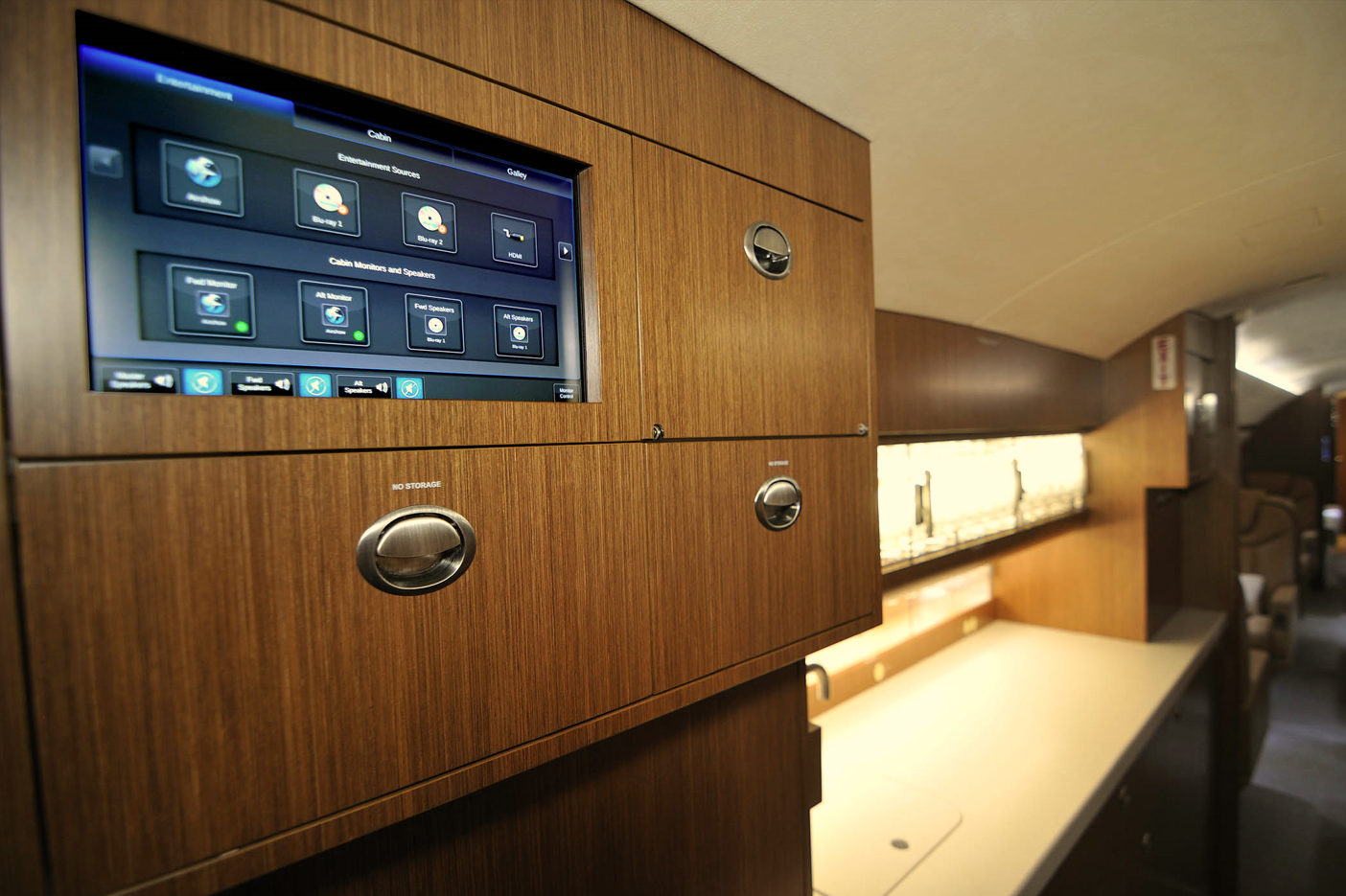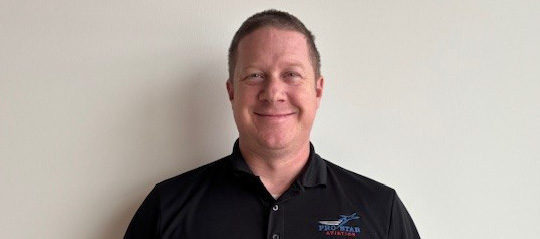“You should have gone before we left…”

“No matter how busy and important you think you are, you cannot reject nature’s call.” Michael Bassey Johnson
What parent hasn’t uttered those words to a child an hour into a family road trip? I know I said it many times to my kids. Too bad cars aren’t equipped with potties. That sure would make family trips a lot less stressful.
I guess the ability to go when you’re already going is an unheralded benefit of a modern business aircraft. Cruising at FL410 is no time to realize you must heed nature’s call.
Having that onboard convenience, or depending on how you look at it, necessity is one reason that chief pilots and DOMs need to take a hard look at the electronics and systems in their aircraft’s cabin. In many instances, your next trip could be one switch failure away from an AOG.
Let’s say you’re on a trip in Europe, and just before you leave to fly back to the states, the switch controlling cabin lights, moving map, or some other cabin feature fails. Sure, you can make the trip, but it’s not going to be convenient for the “boss.”
Now, let’s take it a step further and say that the failed switch controls the flushing potty. What are you going to do?? The Atlantic is a lot of water to cross without a flushing potty. Nobody ever asked Lindberg how he did it.
Anyway, don’t think potty switches don’t poop out. I know of one particular situation where a company’s 15-year-old long-range business jet has been limited to one-hour legs because the electronic switch that controls the flushing potty is broken. And there’s no replacement for that legacy component!
So, lacking a fix, the aircraft’s owner has limited their transcontinental capable business jet to short hops between FBOs. It’s incredibly inefficient for the aircraft and even more inconvenient for the crew and passengers. But such is the world of a potty-less plane.
But you’re saying there has to be an easy solution to what seems a simple broken switch. You’d think so. But, in this, and many other cases, there isn’t.
The problem is the various switches and components that make up that aircraft’s cabin management system (CMS) have been out of production since just after that aircraft was delivered. So, there are no ready plug-and-play replacements.
One is the loneliest number…
As we’ve discussed in earlier blogs, there are certainly obsolescence issues with your aircraft’s avionics and instruments, and fortunately, they’re well documented with a variety of options. Unfortunately, though, when it comes to your aircraft’s cabin electronics and controls, your options are limited.
Why? Two reasons: Nobody thinks about the cabin switches and controls until they break. And, unlike cockpit upgrades, there’s no “cool” factor to upgrading a seat-side switch panel. So, there’s not much reason for the OEMs or MROs to obtain STCs to introduce new models into these legacy aircraft types.
Second, these electronic switches, controls, and cabin displays are often times derived from consumer electronics components. And you know how fast those change. Last year’s hot technology is this year’s landfill.
Because business jet OEMs buy extremely small quantities – well, compared to direct consumer market anyway – spread over a 10 or more-year production run. They usually buy complete batches of whatever electronic components they need for that model’s production lifecycle. 500 business jets is a big run. 500 components is a tiny drop in the bucket on the consumer side.
What that means is that there’s an excellent chance one or more of the switches or displays found in even a brand-new business jet’s cabin are obsolete when that aircraft is delivered. The company(s) that made those original components have long moved on to its second or third generation of said parts. And more times than not, those parts are not interchangeable.
Can you get these switches and such repaired? It’s possible but expensive and time-consuming. There aren’t a lot of shops around today with the benches and tools and technical data necessary to troubleshoot and fix these components.
So that leaves operators having to scavenge replacement parts. Even if you are lucky enough to find a refurbished switch for your aircraft, it’s still going to be generations old. What kind of reliability can you expect to get from it? Probably not much.
The big problem with little switches.
The obvious logical solution is just to upgrade all the switches, controls, and displays in your aircraft’s cabin. Unfortunately, sometimes every component in your cabin including, lighting, window shades, HVAC, audio, video – and yes, the “flush” button – are integrated together into one CMS design. So, you can’t just change an individual controller.
So, when you want to upgrade one thing, you’re actually faced with modifying a very sophisticated system. And that’s an extremely expensive and time-consuming prospect. Aside from the detailed engineering and installation instructions, you and your MRO must select the components that will become your new CMS.
Then you have to order the hardware – those lead times can be very long. Next, you must schedule time with your MRO to do the work.
We tell customers it’s a six- to nine-month process, with the aircraft is going to be out of action for as much as half of that time. Don’t forget that because the integrated CMS touches pretty much everything behind the cockpit door, the entire interior including the flooring, sidewalls, and headliners must be removed and often times altered to accommodate the new system.
That’s why it’s best to plan these types of upgrades to coincide with major phase inspections or maintenance. It’s even better if you do it all as part of a cabin upgrade.
While the actual planning of the system is important, an often-overlooked part of ensuring that the final product lives up to the bosses’ expectations. So, you need to know that those expectations are well in advance of selecting hardware.
It’s not broken, so why fix it?
When you look at all of your other responsibilities, having an inoperative light switch or window shade control may seem like a small issue, but believe me, it can be a big inconvenience for your passengers. You don’t want that.
Heck, it’s hard to find a business jet that doesn’t have one “dead” seat where a DOM has already scavenged a good unit to replace a broken switch or power plug. But, while that’s a band-aid solution at best, it does keep the airplane flying.
Sooner or later, though, the passengers are going to take notice and start complaining. That never ends well for you.
The best thing to do is take a proactive approach to your CMS system, and its components. Look at your aircraft, how long you plan to keep it and what new capabilities your boss might want to have or not have. It is common today to simplify cabin entertainment in favor of carry-on electronics.
If you’re coming up on a major inspection, this may be the best time to look at what you can do. The key here is to plan ahead for the inevitable. These controllers and switches will break. Guaranteed.
In addition, creating a proactive plan now will allow you to explore options. With legacy aircraft staying in service longer, various third-party companies are working on viable, cost-effective replacements for many current CMS components.
As with everything in aviation, the more you know, the better prepared you will be for whatever challenges await.



